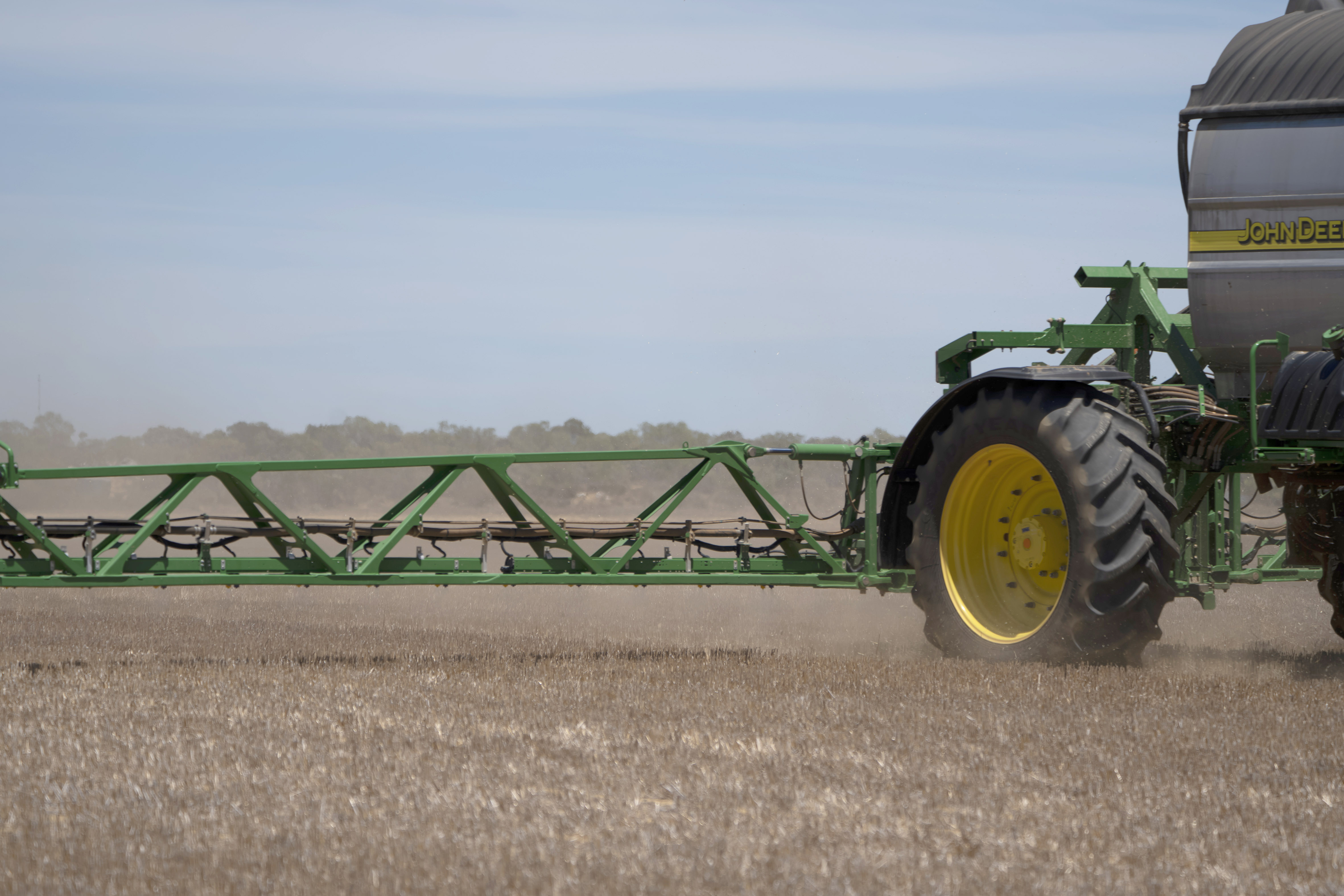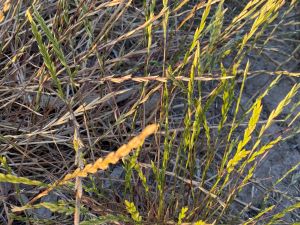Paddock Practices: Vigilant early weed management encouraged
Paddock Practices: Vigilant early weed management encouraged
Date: 18 Mar 2021
Southern region growers will need to remain on top of weed management, following a wet harvest and summer period in some areas, to avoid weeds taking over at sowing time.
The early break for much of the southern region set up growers for good early weed control, which should have reduced weed seed counts, but timing is now key as areas are forecast to receive ongoing rainfall events through autumn.
Acting early to combat emerging weeds can preserve soil moisture, nutrients and minimise the green bridge for pests and diseases. Weed management is estimated to cost Australian grain growers $3.3 billion every year (or $146 per hectare) in control costs and lost revenue. Accurate weed identification is the first step in ensuring correct management decisions are made in a timely and cost-effective manner. The GRDC’s Common Weeds of Grain Cropping Ute Guide is a national publication that assists weed species identification to guide control methods.

The most common control methods utilise chemical tools including pre-emergent and post-emergent herbicides. However, evolving resistance means growers can no longer rely on chemical strategies alone. To assist industry and growers to understand the incidence and distribution of herbicide resistance in the grains sector, the GRDC supports random surveying of weeds in cropping paddocks to monitor for changes in resistance levels.
Weed surveillance results identified herbicide resistance in populations of:
- Annual ryegrass (Lolium rigidum)
- Brome grass (Bromus spp.)
- Barley grass (Hordeum spp.)
- Wild oats (Avena spp.)
- Common sowthistle (Sonchus oleraceus)
- Indian hedge mustard (Sisymbrium orientale).
Alternate control tactics
Faced with significant increases in weed populations resistant to herbicides, growers need to ensure non-chemical tools are included as a part of wider integrated weed management efforts. This includes using tactics such as crop competition via increased seeding rates, narrow row spacing or by changing time of sowing.
Delaying crop sowing can be an early season tactic for paddocks with high weed counts as it allows more time for weed germination and chemical control prior to sowing. However, this can have negative outcomes for crop growth and quality if sowing is left too late, and in some situations has selected for more dormant weed populations which delay their germination to avoid knockdown herbicides.
The WeedSmart Big 6 details six strategies to consider when planning weed control, including longer term options such as crop and pasture rotation and harvest weed seed control.
Herbicides and the double knock

Glyphosate is still a critical control option in most operations, and its performance can be optimised through attention to application variables such as temperature at the time of application, plant stress, water quality and formulation.
The GRDC Grains Research Updates paper by the University of Adelaide’s Peter Boutsalis and Chris Preston, with Charles Sturt University’s John Broster, outlines some tips for optimising glyphosate performance:
- Avoid applying glyphosate under hot dry conditions
- Improve water quality and glyphosate uptake by using ammonium sulfate
- Time application for the early seedling growth stage
- Plan to use a double knock
A double knock strategy is a good option for summer and early autumn weed control, especially for hard-to-kill weeds. The double knock is a sequential application of two different control tactics within a relatively short period.
While not always chemical based, double knocks often involve glyphosate followed by paraquat, paraquat/diquat or glyphosate plus an effective alternative herbicide at full label rate in the first application and a robust rate of paraquat in the second application.
Pre-emergent herbicides offer a different mode of action and can reduce selection pressure in the face of glyphosate resistance. However, resistance to some formulas has increased, with random weed survey results highlighting that trifluralin, Group J and Group K resistance is increasing.
Several new chemistries in Group K, T, Q and E modes of action are being released, which will provide new control opportunities. The GRDC Soil behaviour of pre-emergent herbicides in Australian farming systems reference manual recommends these chemicals be used in combination with other tactics to drive weed numbers down.
However, it is also recommended growers ensure they know the solubility and soil binding behaviour (see GRDC Pre-Emergent Herbicides – Pt 1 Solubility & Binding video) of their chosen pre-emergent and recommended application method, as demonstrated in the GRDC Pre-Emergent Herbicides – Pt 2 Incorporation by Sowing video.
Useful resources:
More information on early season weed management is available by the GRDC-supported WeedSmart resource centre.
GRDC’s Common Weeds of Grain Cropping Ute Guide
GRDC - Causes of poor ryegrass results and paraquat and glyphosate resistance – 2020 season
GRDC Soil behaviour of pre-emergent herbicides in Australian farming systems reference manual
GRDC Pre-emergent herbicides Fact Sheet
GRDC YouTube – Pre-emergent Herbicides – Pt1 Solubility & Binding
GRDC YouTube – Pre-emergent Herbicides – Pt 2 Incorporation by sowing
GRDC – Fitting new pre-emergent chemistries in the farming system and managing them for longevity
